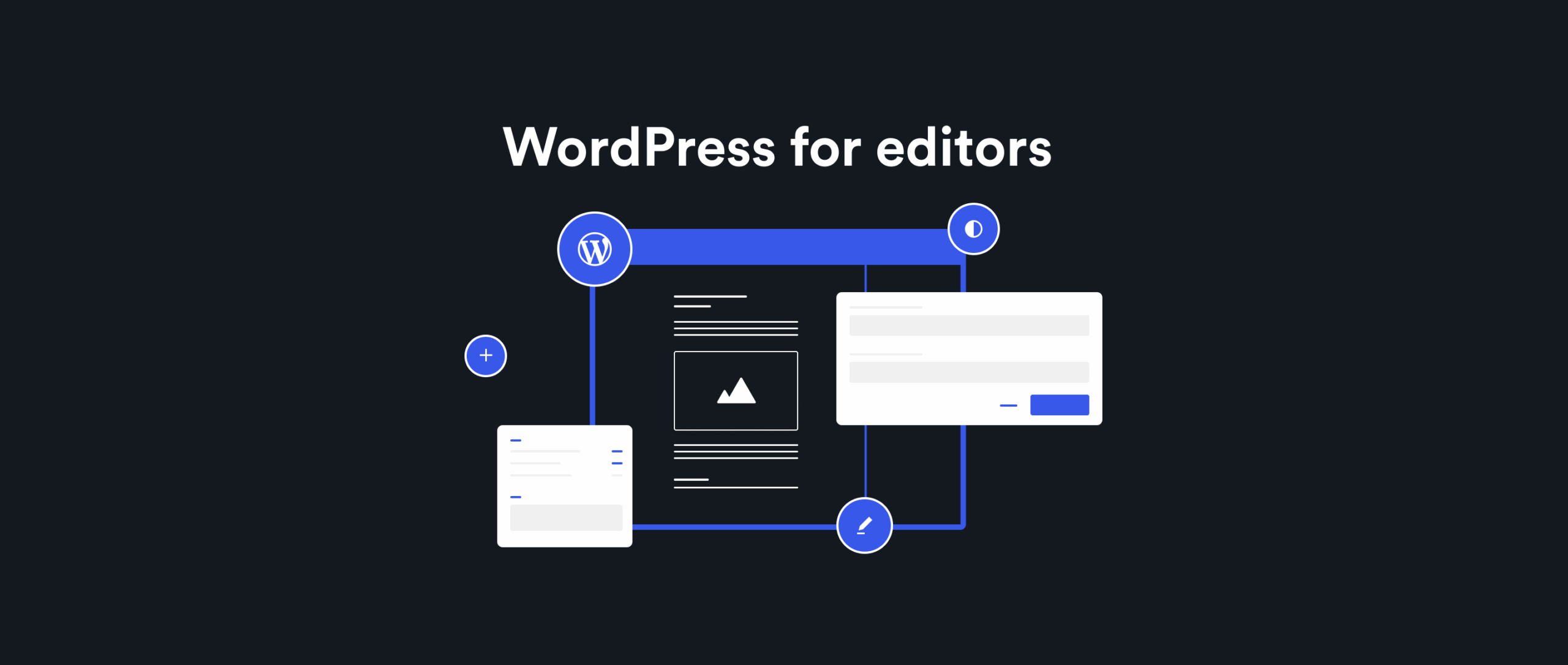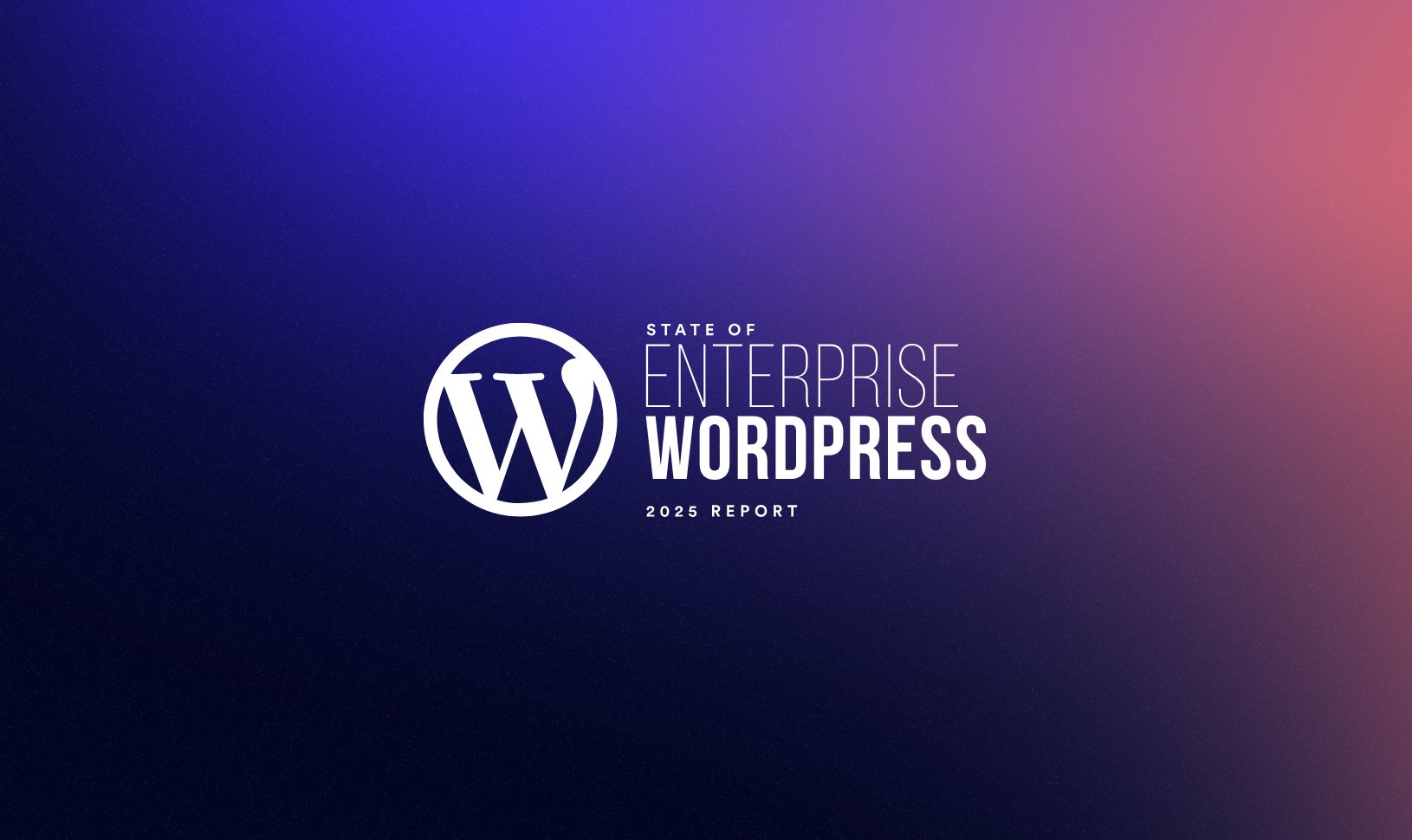In an industry where every reader counts, it’s natural to prioritise what the audience sees – interactive features, fast-loading content, and engaging visuals. But behind every polished webpage is a team of editors making it all happen, and often doing so with tools that slow them down. When a CMS doesn’t reflect the real pace and process of editorial work, it becomes more of a blocker than a benefit.
Having spent over a decade building editorial platforms for some of the world’s biggest publishers, we know that organisations running large-scale content operations across multiple regions, formats, and languages aren’t exceptions, they’re the norm. Yet many publishing platforms still fail to reflect that reality. Behind the headlines, the back-end tools that power user experiences often receive far less attention than website fascias, leaving editors and journalists to grapple with clunky workflows or rigid systems that are frustrating to use and prone to errors.
As with any product, a fit-for-purpose CMS must be built around the people who use it most, which means creating systems that fit naturally into editorial workflows, support collaboration, and help teams move faster rather than simply tick technical boxes.
Strategic discovery for maximum impact
That process starts with discovery, observing how publishing actually happens on the ground to uncover operational realities that can otherwise go unspoken or misunderstood.
While there are common patterns across large-scale editorial teams, no two operate in exactly the same way, even within a single organisation. Workflows, hierarchies and approval processes can vary significantly, and these differences are rarely accounted for by templated solutions, which is why off-the-shelf platforms fall short.
Through structured workshops and hands-on collaboration, discovery surfaces the detail that makes or breaks a publishing system, from points of friction in editorial workflows to opportunities for automation, streamlining and better integration. It creates space to identify gaps, challenge assumptions, and shape systems around actual needs.
Crucially, it often reveals requirements omitted from the original brief – which can range from minor details to major showstoppers – that only emerge when the people doing the work are part of the conversation. Bedding in discovery at the very beginning also sets the direction for future iterations, ensuring that improvements are driven by real editorial needs rather than retrofitted fixes.
Custom tooling with WordPress
Of course, mapping editorial workflows is only useful if a system can be built to support them, which is where WordPress presents a clear advantage for enterprise brands.
As an open, extensible platform, there is ample flexibility on offer with WordPress for editors who need to tailor publishing systems around the specific needs of their team. Custom roles and permissions can mirror internal hierarchies, bespoke content statuses can map to real approval chains, and interfaces can be stripped back or expanded depending on the task at hand, from feature planning to breaking news.
Unlike rigid proprietary platforms, WordPress doesn’t force editorial teams to work in unfamiliar ways. Instead, it supports the creation of tools that feel native to the way they already operate. That might mean integrating a digital asset management system directly into the editing interface, building editorial dashboards that surface upcoming deadlines, or enabling structured content models for syndication across regions.
It also means systems can evolve. With modular architecture and a mature plugin ecosystem, WordPress supports iterative development to cover everything from rolling out new features and adapting to organisational change, to responding to seismic changes in audience behaviour.
Measuring the impact
The results of this approach aren’t theoretical. With the right foundation in place, editorial teams work faster, collaborate more effectively, and publish with greater confidence, all without increasing overhead or complexity.
At The Times and The Sunday Times, a move to a custom WordPress ecosystem built around real newsroom workflows resulted in significantly reduced production time and a much faster onboarding experience for new team members. Editorial staff can now also move from draft to publish with significantly fewer clicks and blockers. Similarly for NRC, one of the Netherlands’ most respected publishers, discovery-led development led to a complete overhaul of the newsroom’s editorial infrastructure, enabling greater efficiency through MediaPress, clearer workflows, and long-term scalability.
Even smaller plugins can have a measurable impact when properly scoped and purpose-built. At the New York Post, a bespoke live blogging tool built on WordPress has given the team the ability to deliver real-time updates with the speed and reliability their stories demand. A lightweight solution designed to keep pace with a fast-moving newsroom.
Built for daily use under real pressure, what connects these tools isn’t just the CMS, but an approach that responds directly to the realities of editorial work, empowering teams to move with focus, reduce complexity, and deliver consistently under deadline.
Why WordPress for editors works
Dive deeper into the advantages of WordPress for editors, journalists and support staff in our WordPress for newsrooms guide and learn why WordPress is trusted by global media brands and publishers.



